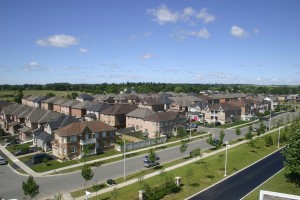The Unitary Plan recommendations provide a significant increase in development capacity, but will seriously exacerbate congestion in Auckland if development occurs in areas not well supported by public transport, says the New Zealand Council for Infrastructure Development (NZCID). 
“The plan permits urban infill across almost all of the current urban area, as well as significant apartment living adjacent to key transport corridors,” NZCID chief executive Stephen Selwood says.
He concedes density beside rail and busway corridors makes sense, especially for those that work in the city. “But, increasing household density without corresponding and viable public transport alternatives will result in increased car density and cause much worse congestion.”
Modelling undertaken as part of the Auckland Transport Alignment Project (ATAP) shows that on current plans congestion in Auckland will be much worse in 2026 than it is today.
“The panel’s recommendations allow a marked increase in density in areas that do not have viable public transport alternatives,” Selwood says. “This will make congestion an even more serious problem than has been anticipated by ATAP.”
Motorways and arterial roads are of particular concern. “Additional motorway capacity and widening of arterial roads will be essential to avoid Auckland grinding to a halt,” Selwood claims. “A marked increase in public transport funding will also be essential.”
However, he believes funding that level of investment will require new ways to raise revenue and manage demand.
“If future urban areas were developed in a way that enabled high-density living close to work, this would be a much more effective way of providing for growth than allowing in-fill in areas not well supported by transport capacity.
“The Hearings Panel has done a fantastic job in providing capacity to meet urgent housing needs,” Selwood says. “The opportunity for the incoming council is to provide much more targeted growth around public transport corridors and make provision for integrated residential and employment development in future urban areas.”



